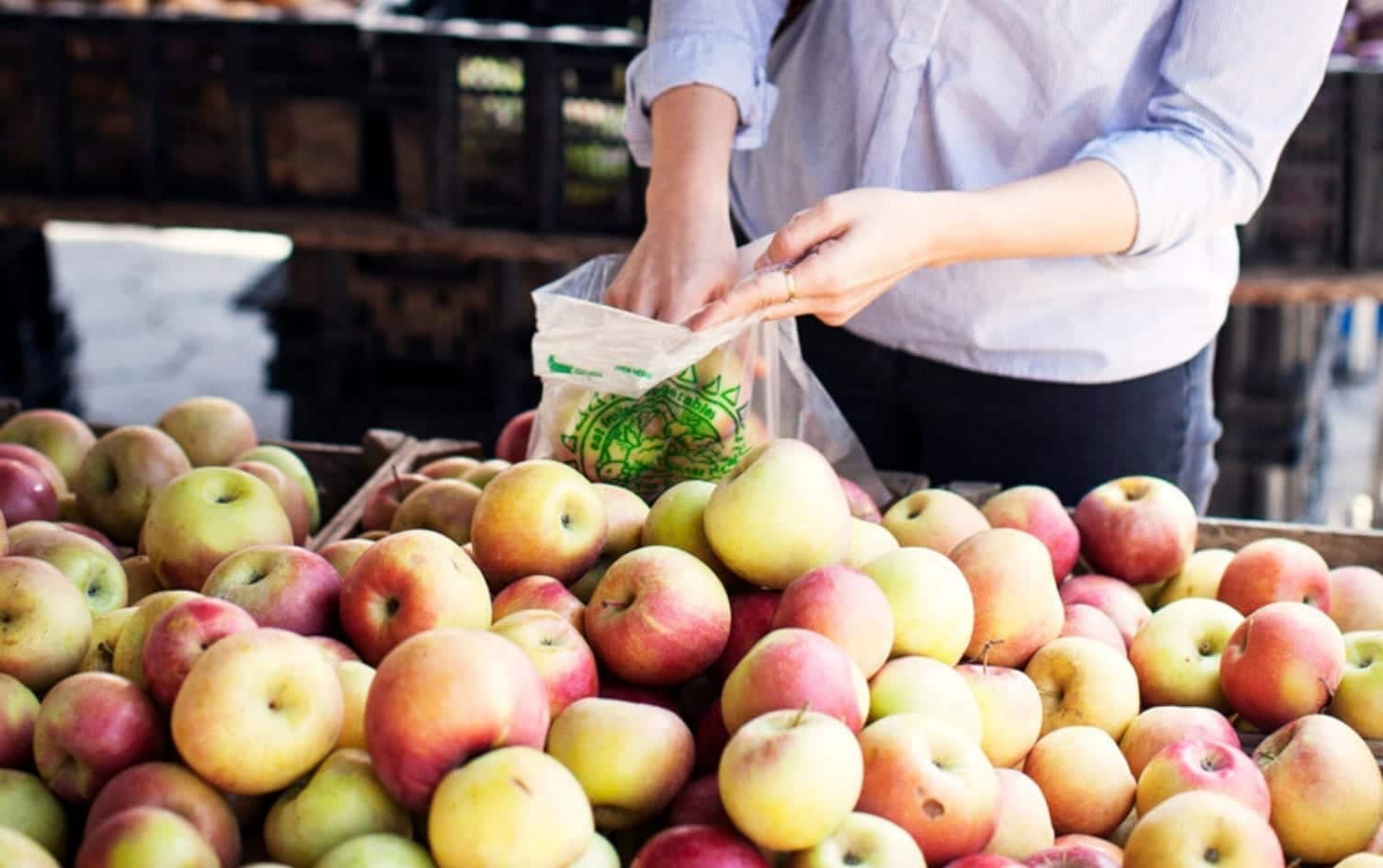When you make a grocery list, you might include apples or lettuce. However, when you get to the store, it’s not that simple of a choice. You have “conventional,” “organic” and “local” options to choose from. Conventional produce can be grown using fertilizers and pesticides, while organic mostly cannot, according to the USDA. (Organic farms may choose to use certain pesticides that are allowed.) Local does not have an exact definition, but these foods are often grown closer to the location where they’re sold, for example at farmer’s markets, roadside stands and CSAs (community-supported agriculture); sometimes they can be purchased at a grocery store.
Over the years, as organic has risen in popularity, you may have also heard that local has perks too. The thought is these are grown in smaller farms that will have more nutrient-rich soil and don’t have to ship their goods as far so they’re at their freshest, both which is believed, yields more vitamin- and mineral-packed foods.
Local options aren’t available to everyone, and this largely depends on what’s in season in your area. (For instance, it’s more difficult to find farmer’s markets or a plethora of locally grown fare in the Midwest in winter.) The option to choose organic or local also depends on your budget. Here’s what you need to know before your next grocery run:
NUTRIENTS DEPEND ON SOIL — BUT IT’S NOT SO STRAIGHTFORWARD
“The nutrition content [in vegetables] differs every single year, and it largely depends on the hand Mother Nature deals you,” says Jennie Schmidt, a farmer and registered dietitian based in Sudlersville, Maryland. The most important factor here is soil pH, which is what drives a plant’s ability — or inability — to take up nutrients from the soil.
Farmers can adjust this pH by conducting soil tests. They then add what’s needed — e.g., lime, calcium, magnesium — to ensure soil health, while still remaining organic, says Schmidt. After that, though, soil needs to have the right moisture levels. Otherwise, nutrients don’t move from the soil into the plant. For instance, “if you have a drought, you won’t get the same nutrient content because there’s not enough moisture for the plant to take them up,” says Schmidt. Similarly, if the season was especially wet, waterlogged soil doesn’t help. Plants standing in water won’t suck up nutrients either. Another factor: Different regions have different types of soil (and therefore different nutrient makeups), says Schmidt. Thus, organic doesn’t necessarily beat conventional or local since soil health can vary widely.
IS ORGANIC HEALTHIER THAN CONVENTIONAL?
SHIPPING DISTANCE IS AN IMPORTANT FACTOR
On the other hand, when you buy local from a market or CSA, “foods are often harvested that very same day, so they are mature and ripe, which means they taste fresher,” says Palmer. That’s why you should also consider buying canned and frozen produce, which are picked and stored at the peak of ripeness so they don’t lose nutrients, adds Palmer. These can also be from anywhere, which means that local or organic aren’t necessarily better in canned and frozen form.
THE BOTTOM LINE
The organic versus local debate isn’t that clear-cut, if you’re looking for an answer on nutrition only. You’d have to factor in things like soil quality, growing season, region and distance traveled to pin down whether or not that local carrot is better than an organic or conventional one.
If you can afford local, the big benefit is the economic impact your choice makes. “I do suggest buying local and in season because it’s usually fresher, and it supports a local family farmer,” says Schmidt.
Ultimately, it’s important to purchase foods that meet your values. “I recommend people try to frequent their local farmer’s markets and ask the farmers how they were grown,” she says. Depending on their answers, you can see if that aligns with how you want to spend your money.
If you really want to go local and organic on the cheap: grow a garden (in your backyard, in pots on a small terrace or deck, on your windowsill). “Lettuce is a great place to start,” says Palmer, because it grows quickly and doesn’t require a ton of attention.




